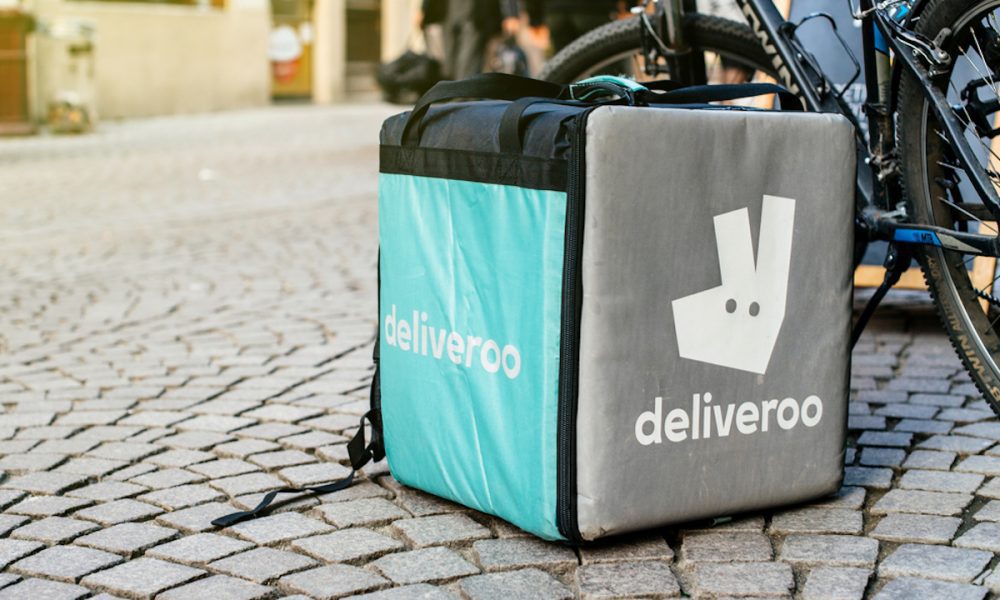
Deliveroo leans on ghost kitchens and grocery delivery to stand out from competitors, and Walmart announces a new eCommerce fulfillment center. Plus, Torchy’s Tacos Chief Marketing Officer Scott Hudler tells PYMNTS how elements of surprise and delight are helping the chain’s loyalty program build a loyal following.
Deliveroo utiliza tiendas de comestibles y cocinas fantasma para hacer que su modelo laboral funcione As Deliveroo and its competitors race to win the spending of on-demand food delivery customers worldwide, the London, U.K.-based company is leveraging grocery delivery to reach the scale needed to make the economics of the model make sense. Despite grocery delivery being less profitable in its own right, adding the service on top of the existing restaurant offerings allows the company to better use its workforce.
Resumen de comestibles: Aldi Drops Deliveroo; Walmart abrirá un centro de cumplimiento de comercio electrónico Aldi is pulling its stores from Deliveroo’s marketplace, while Walmart has announced a new fulfillment center. Plus, a checkout tech startup has announced a $10 million funding round, and Stop & Shop has rolled out a new eCommerce offering.
Los restaurantes lanzan ofertas de lealtad más allá del estándar de puntos por dólar La marca Torchy’s Tacos, con sede en Austin, Texas, que tiene 100 ubicaciones en 11 estados, anunció el lanzamiento de su programa de recompensas a principios de este mes, que ofrece recompensas sorpresa que los miembros no pueden anticipar ni controlar. “Queríamos crear un programa de lealtad que no fuera solo puntos y golpes”, dijo el director de marketing de Torchy’s Tacos, Scott Hudler. “Queríamos construir algo que fuera divertido, único y diferente”.
Food delivery aggregators were once considered rarities reserved for special occasions, primarily used by young, tech-savvy consumers, but they have fast become a staple in many American households that defy any single demographic. The pandemic has made Americans’ desire for seamless, customizable dining experiences more apparent, with more consumers now preferring the ease of convenient, frictionless, aggregator-assisted ordering experiences.

